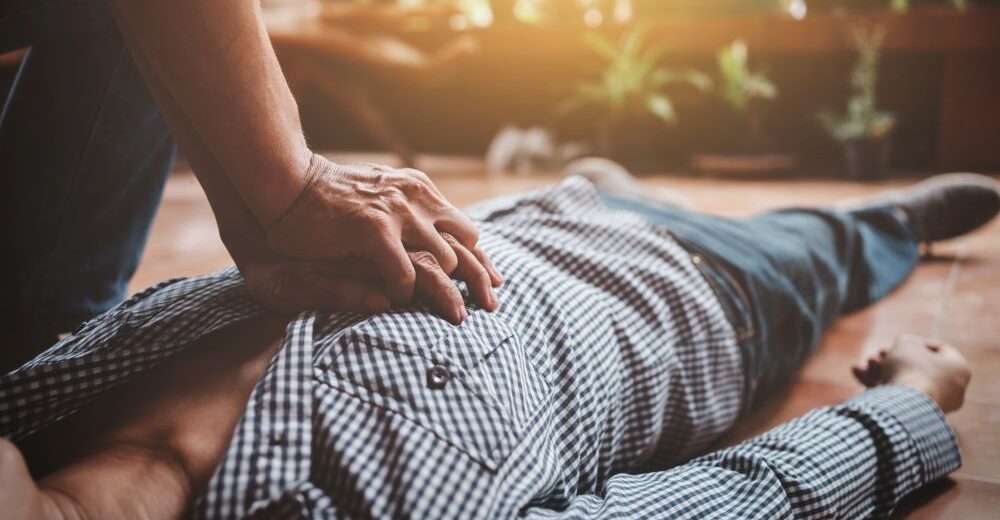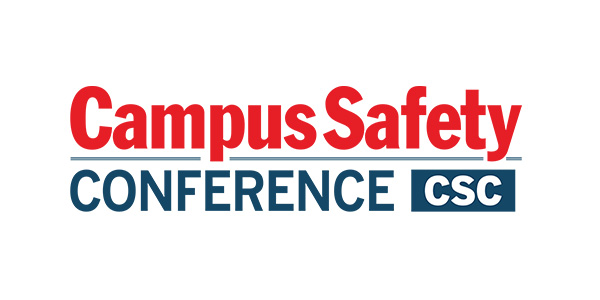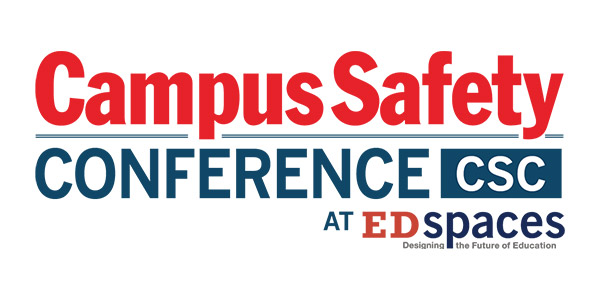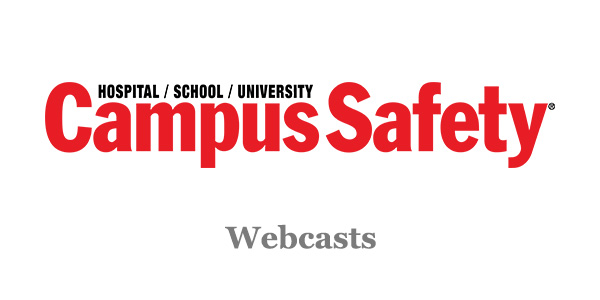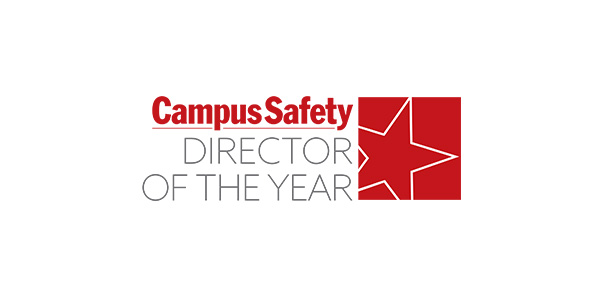Sudden cardiac arrest can happen anywhere, at any time — including during routine activities. Additionally, this type of medical emergency doesn’t just happen to middle-aged adults or the elderly.
We were reminded of this fact two years ago, when Buffalo Bills safety Damar Hamlin, 24, collapsed on the field from a heart attack he experienced during a game. Fortunately, he was resuscitated with cardiopulmonary resuscitation (CPR) and an automated external defibrillator (AED).
Related Article: 90% of Americans Want Bystanders to Use AEDs But Less Than 50% Believe They Have Same Responsibility
While the odds of surviving cardiac arrest outside of a hospital are alarmingly slim, prompt action in administering CPR and using an AED can make all the difference. Schools and institutions of higher education can play a critical role in fostering preparedness by equipping students, faculty, staff, and the neighboring community with these life-saving skills.
The story of one youth soccer game in Wilson, New York, highlights just how impactful CPR and AED training can be.
A Soccer Match Turned Life-or-Death Test
On June 4, what began as an ordinary soccer game at Wilson High School quickly transformed into a medical emergency. Andrew Pihlblad, a 45-year-old visiting soccer coach, suddenly collapsed during the second half after going into cardiac arrest, reports WKBW. The situation could have ended in tragedy, but immediate action and proper training saved his life.
Paul Herrmann, the Wilson coach, sprang into action when he saw Pihlblad collapse. Herrmann quickly called for help, calling on CPR-certified spectators in the crowd to intervene. A group of individuals stepped in, beginning effective chest compressions right away. Meanwhile, others ran to retrieve the AED located inside the school.
Related Article: Student Who Learned CPR at School Saves Child Who Fell Into Pool
The AED delivered three critical shocks to Pihlblad, reviving him within minutes. By the time paramedics arrived, he was conscious and transported to a hospital for additional care. Astonishingly, his survival defied doctor-predicted odds of just 10% for someone experiencing cardiac arrest outside a hospital setting. Today, Pihlblad is recovering, enjoying time with his family, and raising awareness about how early intervention saved his life.
The Case for CPR and AED Training in Schools and Colleges
The incident in Wilson sheds light on an undeniable truth: knowledge and accessibility save lives. Schools and colleges, as central hubs of activity, are uniquely positioned to teach life-saving skills to large groups of people. From students and teachers to staff and nearby residents, trained individuals in educational institutions can become critical first responders long before paramedics arrive.
CPR and AED Programs Making a Difference
1. Brown County, Kansas’ Teen Heartsaver Initiative
One compelling example of impactful training is the Brown County Teen Heartsaver Initiative in Kansas, led by Sheriff John Merchant. This program has trained and certified nearly 2,000 individuals — including high school students, staff, and community members — in the American Heart Association’s First Aid, CPR, and AED Heartsaver Program.
Participants learn to handle emergencies ranging from cardiac arrest to allergic reactions and injuries. Since its implementation, graduates of this initiative have saved numerous lives. For example:
- A student used the Heimlich maneuver to save a choking child.
- A bus driver revived a person experiencing cardiac arrest while waiting in line at a McDonald’s.
- Another student successfully performed CPR on a fellow restaurant patron who suffered a heart attack.
These real-world successes showcase the ripple effect such programs can create, extending life-saving potential far beyond the classroom
2. Cat ECare Program at the University of Vermont
The University of Vermont (UVM) takes a holistic approach to emergency preparedness with its Cat ECare program. Spearheaded by John Marcus, UVM’s Director of Emergency Management, the initiative provides campus with strategically placed emergency stations that include AEDs, bleeding control kits, and Narcan for opioid overdose emergencies.
Related Article: Student Revived By SRO, Nurse After His Heart Stopped
Equally important, Cat ECare offers ongoing training for students, faculty, and staff on vital techniques like CPR, AED use, and bleeding control. By embedding training into campus life, UVM ensures that individuals are ready to act decisively in critical moments.
Why Every School Should Prioritize CPR and AED Training
- Faster Response Times Save Lives: Immediate CPR and AED use can greatly increase the chances of surviving sudden cardiac arrest.
- Wider Impact: Life-saving skills don’t just stay on campus; they benefit the entire community.
- Empowerment Through Preparedness: Equipped with confidence and training, individuals can step into action during emergencies without hesitation.
Start Teaching Life-Saving Skills Today
The story of Andrew Pihlblad, along with initiatives like the Teen Heartsaver and Cat ECare programs, highlights the invaluable role CPR and AED training plays in creating safer spaces. By making these programs a standard part of K-12 schools, colleges and universities, we can ensure more lives are saved — not just on campus, but in our communities at large.
If you’re inspired to take action, consider reaching out to local organizations or training providers to explore how your school or institution can adopt life-saving CPR and AED programs. Together, we can create a world where preparation turns bystanders into heroes.

